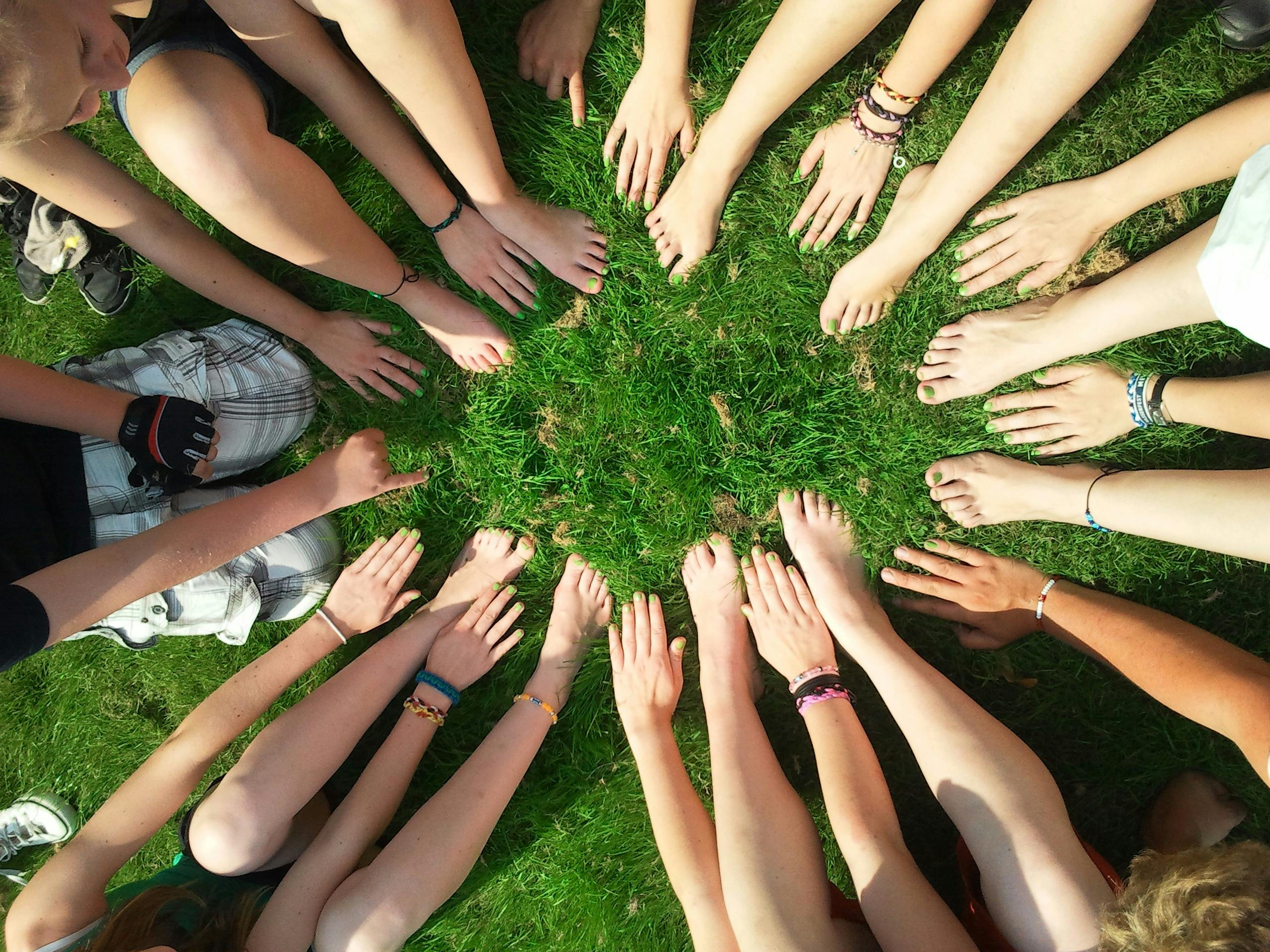
Peer Pressure: Why We Feel It, How to Overcome it, and Can It Be Positive?
Peer Pressure. When we hear the phrase ‘peer pressure’ we often think back to grade school. We might think of the pressure children and adolescents feel to fit in or appear cool. The phrase may even evoke images of a group of kids cruelly pressuring another kid to do something he or she doesn’t want to do, such as drinking or drugs. But does this pressure carry on into adulthood? How can it be resisted? What mechanisms are responsible for it, and can it be a positive force?
What is Peer Pressure?
Peer pressure is the influence an individual feels from others in their peer group. The individual may be encouraged to change their behavior, attitudes, and even values to match their peers. People are susceptible to peer pressure because of a desire to belong as well as for a fear of not belonging.
Peer pressure presents itself both explicitly and implicitly, or alternatively, directly and indirectly. Explicit, or direct peer pressure involves an individual behaving in a way that pressures others to change. This can be as simple as a middle school student making fun of another student’s clothes. Implicit, or indirect peer pressure stems from the individual who is feeling the pressure or influence. For example, another middle school student observes that those who appear to have high status wear certain clothing. Because they are eager to fit in, they may start to wear similar clothing.
Peer Pressure in Childhood and Adolescence
The term “peer pressure” most popularly refers to the influences felt by adolescents. This is because adolescents are the most susceptible age group. Susceptibility to peer pressure increases during early adolescence, peaks around the age of 14, then decreases as adulthood approaches.
In childhood, imitation is a core developmental tool. Children observe those around them for useful skills and behaviors they can copy. It is no surprise that, once a child has reached an age where peers are a central part of their life, this strategy of imitation can translate into a susceptibility to peer pressure. Even young children are keenly aware of social hierarchies, and therefore have a strong tendency to defer to adult authority figures and majority opinions. In 2011, Daniel B. M. Haun and Michael Tomasello, from the Max Planck Institute of Evolutionary Anthropology, demonstrated that preschool children could be influenced by a group of peers to change their answer to a wrong one. Every child was handed a book with pictures of animals on both pages and asked to indicate the size of the animal on the right-hand page. Every book was identical except for the last child who would sometimes get a different sized animal. When this child was asked to report their answer last in the presence of the other children, they would often give the same answer as their peers, even if it was incorrect. When they were asked to privately share their answer, however, they were likely to give the correct one regardless of their peers’ answers.
As a child enters adolescence, they tend to spend more time with their peers. Children entering adolescence also become fully aware of the unique perceptions of others around them. In fact, this tendency to think about, or even obsess about what others think is central to the adolescent experience. At this age, people are preparing to find their place in the world on their own. To aid in this process, hormonal changes prompt their brains to focus intently on others’ perceptions. Naturally, peer pressure has a pronounced effect on individuals in this age group.
Peer pressure in relation to adolescence is commonly associated with risky, or otherwise negative or impulsive behavior. It is true that peer pressure plays a large role in these behaviors; connection to peers who engage in risky behaviors has been found to be a strong predictor of risky behaviors in adolescents themselves. Furthermore, risky behaviors most often occur in the company of peers.
Peer pressure
Strategies to Overcome Peer Pressure
While peer pressure may play less of a role in adulthood, often presenting in indirect and implicit fashions, it certainly does not disappear. Here are some strategies to overcome these pressures:
- Everyone has a set of values that are unique to them. Think about what your core values are, why you have them, and what they mean for your future.
- Be mindful of your own reactions and feelings. When something goes against our set of values, we can often feel it in our gut.
- Be assertive. Practice confident individualism. Make use of sentences that start with phrases such as “I think”, or “I like”.
- Don’t be afraid to associate with a wide range of people. Interact with people who are old or young, rich or poor, or of any religion. We are all different, and you might discover values that resonate with you among people you wouldn’t expect.
- Once you find people that affirm your values, stick with them. If you feel like people no longer share values with you, don’t be afraid to let certain relationships go and seek out new ones with those who do.
- Don’t focus on critics. They will always exist, regardless of whether you are being true to yourself. People who put others down are likely doing so to soothe their own internal anxieties.
Neural Mechanisms of Peer Pressure
The brain is involved in all of our actions in life. The brain parts that play the biggest role in peer pressure are the medial prefrontal cortex and the striatum. Both structures help determine the value of certain actions. The medial prefrontal cortex covers the front part of the frontal lobe and has been implicated in the planning of complex behavior and decision making, as well as personal expression.
The striatum is located in the forebrain and is critical to motor and action planning and reward perceptions. In the context of peer pressure, the medial prefrontal cortex determines which objects or actions peers have an expressed opinion about, while the striatum determines the value and potential rewards of these actions.

Positive peer pressure
Can Peer Pressure Be Positive?
Peer pressure commonly carries negative implications, but it can also be a positive or neutral force. Positive peer pressure occurs when peers support and encourage constructive actions for one another. A typical example would involve grade school students feeling pressured by their peers to perform well on tests. Often based in competition or team work, positive peer pressure like this is commonplace in people of all ages. Positive peer pressure can also come in different forms, such as an individual being put into a position where they feel pressured to donate to charity. In this case, the individual wants to avoid the shame and negative judgment that would result from refusing to behave in a helpful manner. Neutral peer pressure describes pressures to conform that are not harmful to others. This type of pressure occurs most frequently in adolescence and can involve conformity of fashion, speech patterns, and other neutral behaviors.
So, although peer pressure is often a destructive force that needs to be overcome, it can also encourage people to behave in ways that are beneficial to themselves and others. Peer pressure is an important part of the social life that is central to the human experience, which frames our experiences and development in many ways.
We hope you enjoyed this article and feel free to leave a comment below!
References
Mason, M. F., Dyer, R., & Norton, M. I. (2009, November). Neural mechanisms of social influence. Retrieved August 16, 2017, from
Haun, D. B., & Tomasello, M. (2011, October 24). Conformity to Peer Pressure in Preschool Children. Retrieved August 16, 2017, from http://onlinelibrary.wiley.com/doi/10.1111/j.1467-8624.2011.01666.x/full














